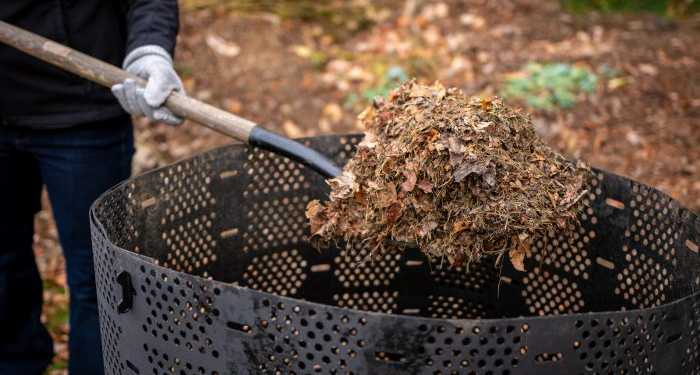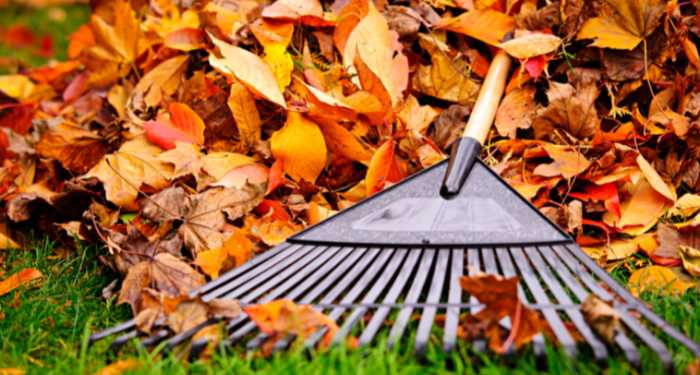Fall Composting Tips: What to Compost and How to Maintain a Balanced, Thriving Pile this Season
Posted September 30, 2022When we think of fall, we often envision colorful leaves, cooler temperatures, and preparing for the upcoming winter. However, for composting enthusiasts, fall is a golden opportunity. Fall composting offers a plethora of materials to enrich your compost bin. Let’s dive into the abundant resources this season provides and how to maximize your GEOBIN® Composter during these months.

Why Fall is the Perfect Season for Composting
Achieving the right balance between nitrogen-rich “green” materials and carbon-rich “brown” materials is the backbone of successful composting. The GEOBIN® Composter is designed with this balance in mind, recommending a carbon to nitrogen ratio of 3:1. Fall is the perfect season for composting as it provides an abundance of both green and brown materials.
What to Compost in Fall
- Fallen Leaves: Probably the most abundant item in your yard during fall, dried and brown leaves are excellent carbon sources. Make sure to layer them in your compost bin with other green materials to prevent matting.
- Garden Waste: As you clear out your garden for the winter, compost healthy plant materials. Break or shred them into smaller pieces to speed up decomposition.
- Pumpkins: After Halloween, rather than trashing your jack-o’-lanterns, they can be broken down and added to your compost. They are rich in nutrients and decompose well.
- Plant Cuttings: As you prune and prepare your plants for winter, the cuttings can be a valuable addition to your compost mix.
- Food Scraps: Continue adding fruit and vegetable scraps from your kitchen. Fall might also bring additional organic waste like apple peels from apple pie baking or pumpkin innards from carving.

Simple Tips for Fall Composting
- Store Extra Leaves: You can never have too many dry leaves! Store them for use in months when carbon-rich materials are scarce.
- Monitor Moisture: Autumn rains can saturate your compost pile. Strive to keep its moisture content similar to that of a squeezed-out sponge.
- Layering is Key: Always alternate between layers of green and brown materials to maintain a balanced compost pile.
Understanding what to compost in fall can supercharge your composting efforts, providing you with rich, nutrient-filled compost for the upcoming gardening season. With the GEOBIN Composter and the abundance of fall materials, you’re all set for successful composting.

